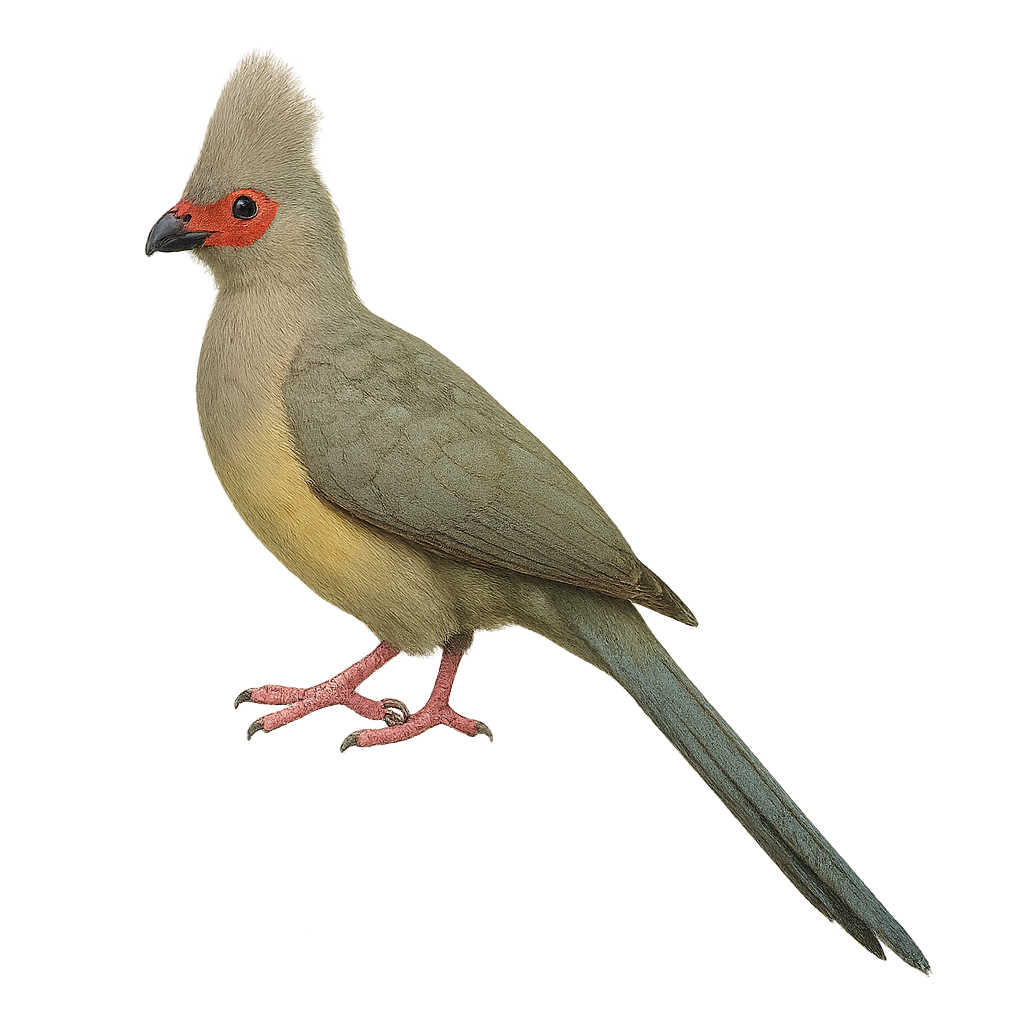Your wildlife photography guide.
Explore the red-faced mousebird in detail, study its behavior, prepare your shots.
Where to observe and photograph the red-faced mousebird in the wild
Learn where and when to spot the red-faced mousebird in the wild, how to identify the species based on distinctive features, and what natural environments it inhabits. The WildlifePhotographer app offers tailored photography tips that reflect the red-faced mousebird’s behavior, helping you capture better wildlife images. Explore the full species profile for key information including description, habitat, active periods, and approach techniques.
Red-faced Mousebird
Scientific name: Urocolius indicus

IUCN Status: Least Concern
Family: COLIIDAE
Group: Birds
Sensitivity to human approach: Suspicious
Minimum approach distance: 10 m
Courtship display: November to January
Incubation: 11-13 jours
Hatchings: November to February
Habitat:
Savannah, dry forests, shrublands
Activity period :
Primarily active during the day, with peak activity in the morning and late afternoon.
Identification and description:
The Red-faced Mousebird, or Urocolius indicus, is a fascinating bird from the Coliidae family, known for its distinctive red face and grey-brown plumage. It is primarily found in the arid and semi-arid regions of sub-Saharan Africa, where it moves in small groups. This bird measures about 34 cm in length, with a long tail that accounts for much of its total length. It feeds mainly on fruits, buds, and leaves, making it an important player in seed dispersal. The Red-faced Mousebird is a social bird, often seen sunbathing or grooming each other. Although it can fly, it often prefers to hop from branch to branch.
Recommended lens:
400 mm – adjust based on distance, desired framing (portrait or habitat), and approach conditions.
Photography tips:
To photograph the Red-faced Mousebird, it is advisable to use a telephoto lens of at least 400mm to capture details without disturbing the bird. Look for it in savannahs or shrublands where it feeds. Be patient and discreet, as although this bird is social, it remains suspicious of humans. Morning or afternoon light is ideal to highlight the colors of its plumage.
The WildlifePhotographer App is coming soon!
Be the first to explore the best nature spots, track rutting seasons, log your observations, and observe more wildlife.
Already 1 439 wildlife lovers subscribed worldwide

